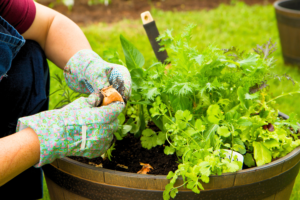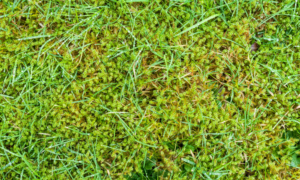Whether you’re a seasoned gardener or just starting your journey into plant care, understanding the basics is crucial to nurturing a thriving indoor or outdoor garden. Plants not only enhance the aesthetics of your space but also improve air quality and create a calming environment. This guide will walk you through the fundamental principles of plant care, ensuring your green companions stay healthy and vibrant.
Understanding Your Plant’s Needs
Each plant has its unique requirements, and getting to know these needs is the first step in successful plant care. When you bring a new plant home, research its specific light, water, and soil needs. Some plants thrive in bright, direct sunlight, while others prefer indirect light or even shade.

Understanding whether your plant needs more water or prefers drier conditions is key to preventing issues like root rot or wilting.
Proper Watering Techniques
Watering is one of the most important aspects of plant care, but it’s also where many people make mistakes. Overwatering and underwatering are common issues that can harm your plants. Here are some tips for proper watering:
- Check the soil moisture: Before watering, check if the soil is dry an inch or two below the surface. This can be done using your finger or a moisture meter.
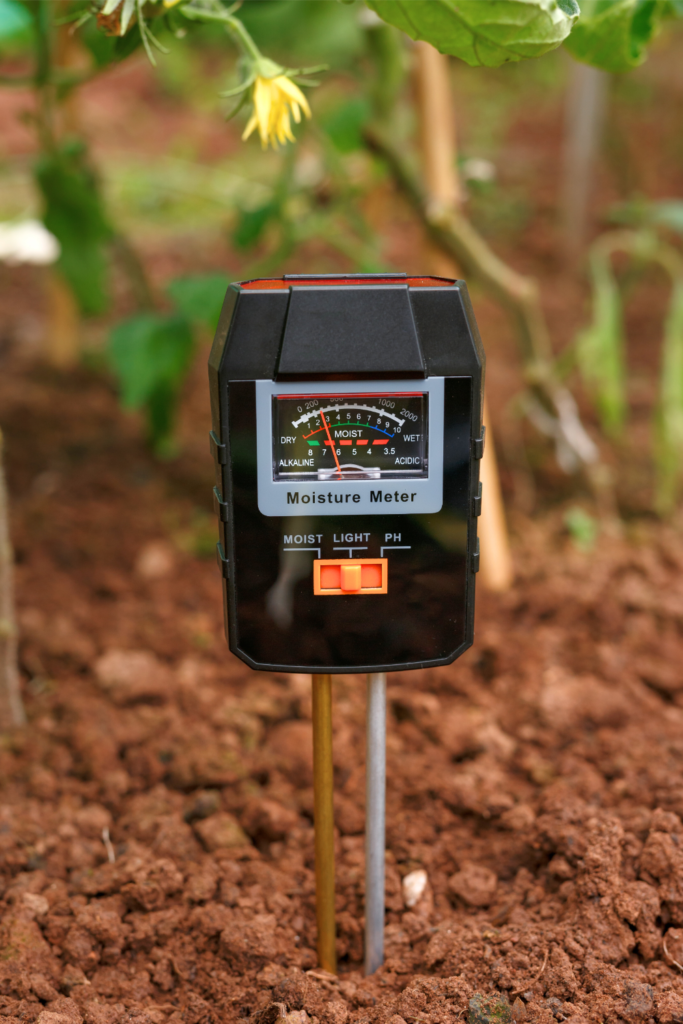
- Watering schedule: Stick to a regular watering schedule, but be flexible based on your plant’s needs and environmental conditions. For example, plants may need more water in hot, dry weather.

- Drainage: Ensure your pots have proper drainage to prevent water from sitting at the bottom, which can lead to root rot. If your plant is in a container without drainage holes, consider repotting it or adding a layer of pebbles at the bottom.
Choosing the Right Soil
Soil plays a crucial role in the health of your plants. Different plants require different types of soil:
- Potting Mix: Ideal for indoor plants, potting mix is lightweight and well-draining, providing the right balance of air and moisture for your plants.

- Garden Soil: Best for outdoor gardening, this soil is heavier and contains more nutrients, supporting the growth of flowers, vegetables, and shrubs.

- Specialized Soils: Some plants, like cacti and succulents, require specialized soil that drains quickly, while others, like orchids, need bark-based mixes that mimic their natural environment.

Light Requirements
Light is essential for photosynthesis, the process by which plants produce energy. The amount and type of light your plant receives can significantly affect its growth.
- Bright, Direct Light: Plants like succulents and cacti thrive in bright, direct sunlight. Place these plants near south-facing windows where they can get the most light.

- Indirect Light: Many houseplants, such as pothos, peace lilies, and ferns, prefer bright but indirect light. They do well in rooms with ample natural light, but away from direct sun exposure.

- Low Light: Some plants, like snake plants and ZZ plants, can tolerate low-light conditions, making them ideal for dimly lit areas like hallways or bathrooms.
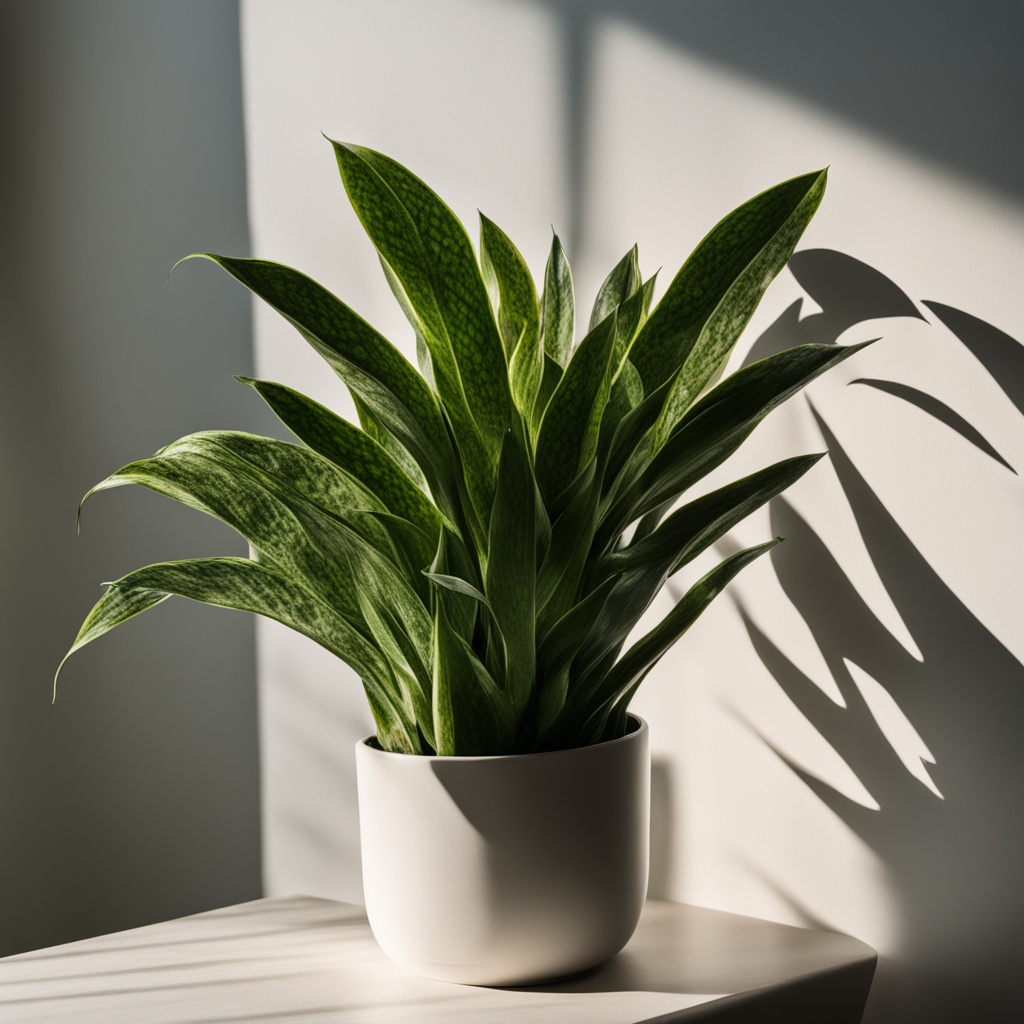
Fertilization and Nutrients
Plants need nutrients to grow, and while they get some of these from water and soil, additional fertilization can help them thrive.

- Type of Fertilizer: Choose a balanced, all-purpose fertilizer for most houseplants. For specific plants, like flowering varieties or vegetables, opt for fertilizers tailored to their needs.
- Frequency: During the growing season (spring and summer), fertilize your plants every 4-6 weeks. Reduce or stop fertilization during the dormant season (fall and winter) when growth slows down.
- Application: Follow the instructions on the fertilizer package carefully to avoid over-fertilizing, which can burn your plants’ roots.
Pruning and Maintenance
Regular maintenance is key to keeping your plants healthy and looking their best.
- Pruning: Remove dead or yellowing leaves, spent flowers, and leggy growth to encourage new growth and maintain the plant’s shape. Use sharp, clean scissors or pruning shears to make clean cuts.
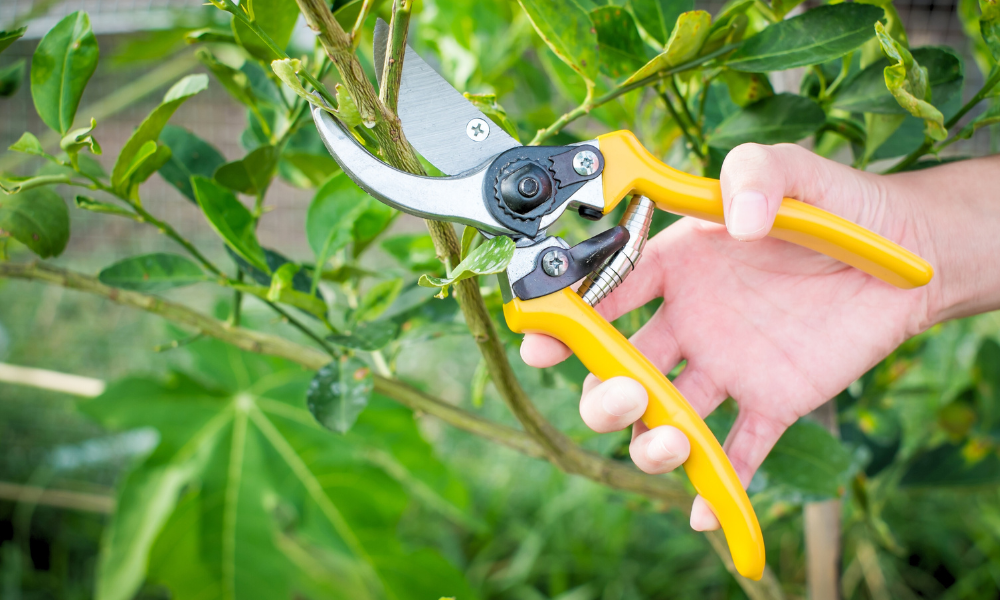
- Repotting: Over time, plants outgrow their pots and become root-bound. Repot your plant into a slightly larger pot with fresh soil every 1-2 years to give it room to grow.

- Pest Control: Keep an eye out for common pests like aphids, spider mites, and mealybugs. Treat infestations promptly with natural remedies or insecticidal soap to prevent them from spreading.

Adapting to Seasonal Changes
Plants are sensitive to changes in their environment, and the transition between seasons can affect their growth and health.
- Winter Care: During winter, many plants enter a dormant phase and require less water and no fertilization. Move plants away from cold drafts and reduce watering to prevent root rot.
- Summer Care: In the summer, plants may need more frequent watering, especially those kept outdoors. Ensure they have adequate shade to protect them from the intense midday sun.
Caring for plants can be a rewarding experience that brings a sense of calm and beauty to your home or garden. By understanding the basics of plant care, you can create an environment where your plants will thrive. Remember, every plant is unique, so take the time to observe and learn what works best for your green companions. With the right care and attention, your plants will flourish and bring joy to your space for years to come.


